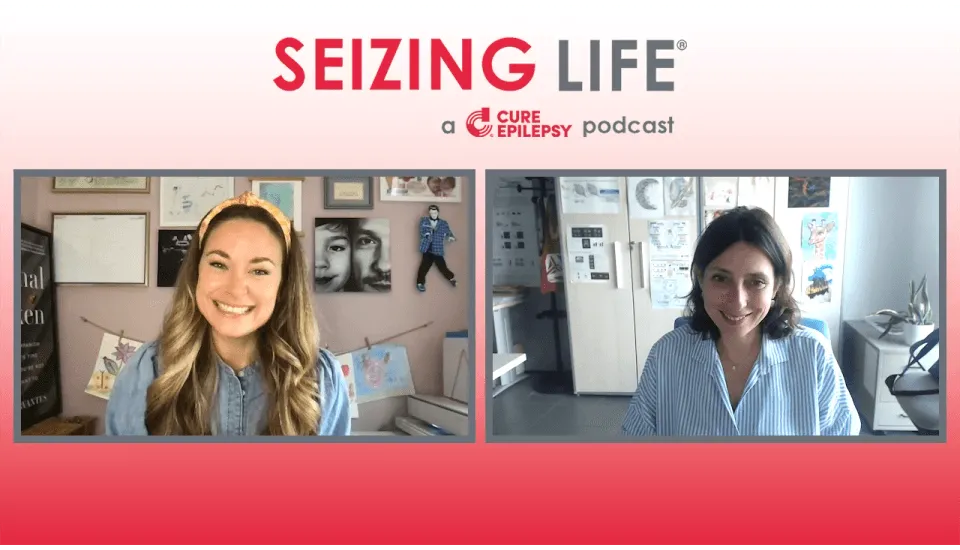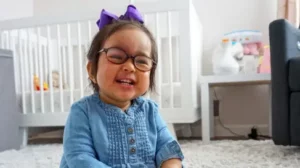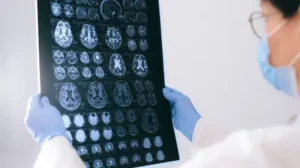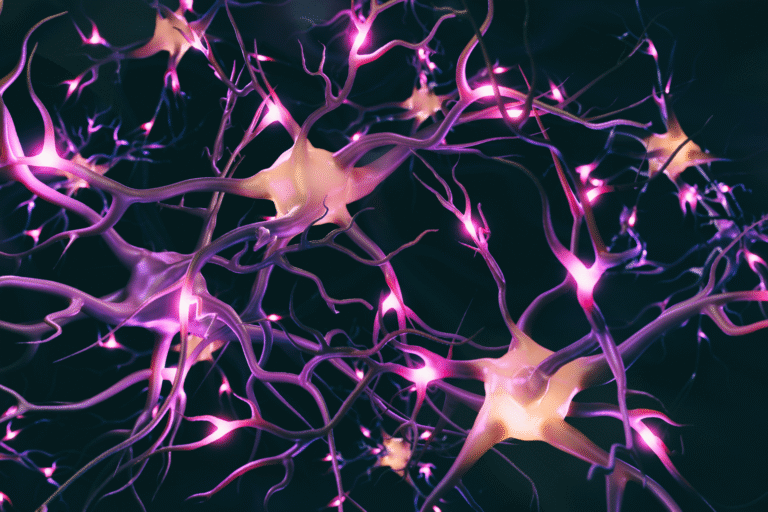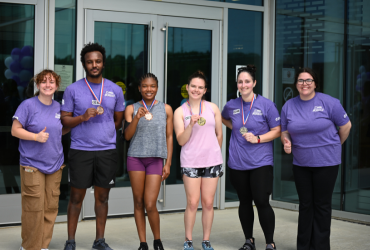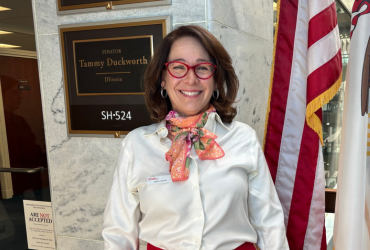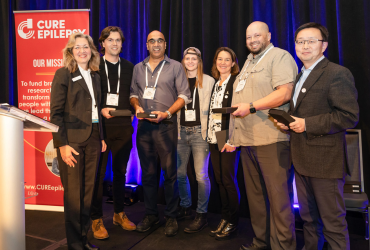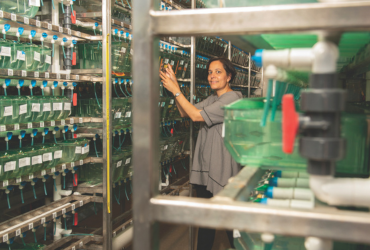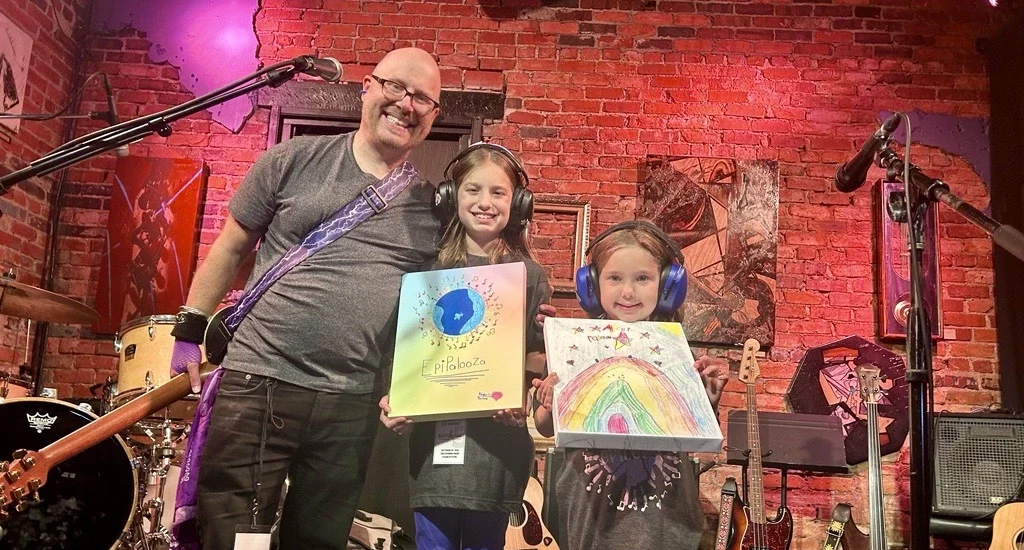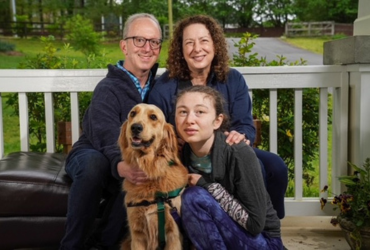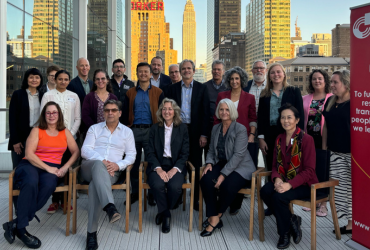For some, having their brain injected with new brain cells may seem outrageous, but for Annette Adkins the procedure was a welcome development.
“Knowing how much of my life has been taken away by illness, I was ready for anything,” she says. Adkins developed epilepsy in 2014 when she was 45 years old. The frequency and severity of her seizures eventually forced her to stop driving and ended her career as a pharmacist.
Adkins’ ready-for-anything attitude included participation in a clinical trial for a novel therapy based on regenerative medicine. A merger of life sciences and engineering, regenerative medicine aims to heal damaged human organs using components found in the organ itself. For epilepsy, this means introducing engineered cells or genes into the brain, where they are incorporated into existing brain tissue to promote recovery [1]. Unlike current treatments that quiet seizure-generating regions with drugs or surgery to kill or remove hyperactive cells, regenerative therapies enlist the brain’s natural biological processes to enhance its ability to suppress seizures, in effect training the brain to fix itself.
One of the first two people to be enrolled in a clinical trial of this cell therapy, Adkins received cells grown in the lab derived from human stem cells by Neurona Therapeutics. These cells are designed to inhibit electrical activity in the brain, and since receiving these extra cells through a brain surgery— but not a tissue destructive one like laser ablation or brain resection—Adkins has been seizure-free for over a year.
“I’m really grateful to have been given the opportunity to help other people to know that there’s hope,” she says.
Two paths to healing
Though regenerative medicine is relatively new, the U.S. FDA has already approved some therapies under its umbrella. For example, the treatment Carticel treats damaged knee cartilage by growing new cartilage cells from a tiny sample taken from a patient’s healthy cartilage. These cells are then reintroduced to the ailing joint to promote regeneration. Other approaches include lab-grown replacement parts (such as human skin cells that help heal ulcers), 3D bioprinted blood vessels, or sheets of cells to repair a cornea. So far for epilepsy, regenerative medicine encompasses two approaches.
One is cell therapies like the one Adkins received, in which inhibitory cells are grown in the lab from human stem cells. When implanted into the brain, the cells make connections with other neurons, quieting the hyperactive ones and leading to seizure suppression [2]. Preliminary results of the trial Adkins participated in show that the cell therapy, called NRTX-1001, is safe, well-tolerated, and drastically reduces seizure frequency, while preserving brain tissue and function [3]. NRTX-1001 will advance to a Phase 3 study this year, enrolling adults with drug- resistant mesial temporal lobe epilepsy [4].
The second type of regenerative medicine for epilepsy is gene therapy, which can treat some epilepsies caused by genetic mutations. For example, damaging variants to the STXBP1 gene reduce the amount of STXBP1 protein in the brain, resulting in severe, early onset epilepsy. With CURE Epilepsy funding, Dr. Mingshan Xue showed that adding back a working copy of the STXBP1 gene has been shown to reduce seizures in animal models [5].
Now, Capsida Biotherapeutics has developed a gene therapy called CAP- 002 to deliver a replacement STXBP1 gene into the brain with a single-dose intravenous infusion [6]. Upon entering brain cells, the replacement gene makes into healthy STXBP1 protein by the cell’s own machinery [7]. CAP-002 is slated to start clinical trials this year.
Funding the future
Luckily, regenerative medicine approaches may prove effective in other types of epilepsy. For example, CURE Epilepsy is funding multiple projects to investigate how to add working gene copies back into the brain. CURE Epilepsy has also funded cell therapy research, including another type of inhibitory cell therapy derived from cells grown in the lab and aimed at treating intractable epilepsy.
Regenerative medicine may very well catapult us into the next generation of treatment advances and cures for epilepsy. As innovations progress, more and more patients may have the chance to be part of medical progress, both for themselves and the good of others: “It’s worth your while to go for it and be seizure-free,” Adkins says of participating in the trial. “I really believe every one of us deserves that opportunity.”
Citations
1. Mao and Mooney, 2015 PNAS PMID 26598661
2. Bershteyn et al 2023 PMID 37802038
3. https://www.neuronatherapeutics.com/news/press-releases/120624/
4. https://www.neuronatherapeutics.com/news/press-releases/022025/
6. https://capsida.com/new-preclinical-data-demonstrate-potential-of-capsidas-iv-gene-therapy/


